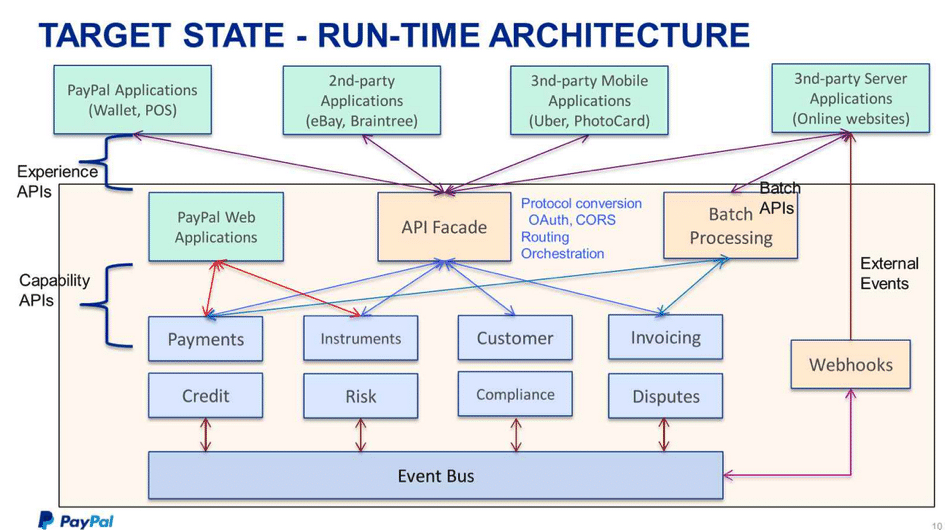In the past, viruses were created with the sole purpose of wreaking havoc on the infected systems. A large fraction of today’s malware, on the other hand, are designed to generate revenues for the creator. Spyware, botnets, and keyloggers steal information from your system or control it so that someone else can profit. In other words, the motivation for making them is now more attractive than before.
Keyloggers can reveal your usernames, passwords, PIN numbers, and other authentication information to their creators by recording your key strokes. This information can then be used for breaking into various accounts: credit cards, payment programs (like PayPal), online banks, and others. You’re right, keyloggers are among the favourite tools of individuals involved in identity theft.
Much like the viruses of old, most present day malware drain the resources, such as memory and hard disk space, of contaminated systems; sometimes forcing them to crash. They can also degrade network performance and in extreme cases, may even cause a total collapse.
If that’s not daunting enough, imagine an outbreak in your entire organisation. The damage could easily cost your organisation thousands of euros to repair. That’s not even counting yet the value of missed opportunities.
Entry points for malware range from optical disks, flash drives, and of course, the Internet. That means, your doors could be wide open to these attacks at this very moment.
Now, we’re not here to promise total invulnerability, as only an unplugged computer locked up in a vault will ever be totally safe from malware. Instead, this is what we’ll do:
- Perform an assessment of your computer usage practices and security policies. Software and hardware alone won’t do the trick.
- Identify weak points as well as poor practices and propose changes wherever necessary. Weak points and poor practices range from the use of perennial passwords and keeping old, unused accounts to poorly configured firewalls.
- Install malware scanners and firewalls and configure them for maximal protection with minimal effect on network and system performance.
- Implement regular security patches.
- Conduct a regular inspection on security policy compliance as well as a review of the policies to see if they are up to date with the latest threats.
- Keep an audit trail for future use in forensic activities.
- Establish a risk management system.
- Apply data encryption where necessary.
- Implement a backup system to make sure that, in a worst case scenario, archived data is safe.
- Propose data replication so as to mitigate the after effects of data loss and to ensure your company can proceed with ‘business as usual’.
Once we’ve worked with you to make all these happen, you’ll be able to sleep better.
Other defences we’re capable of putting up include:
